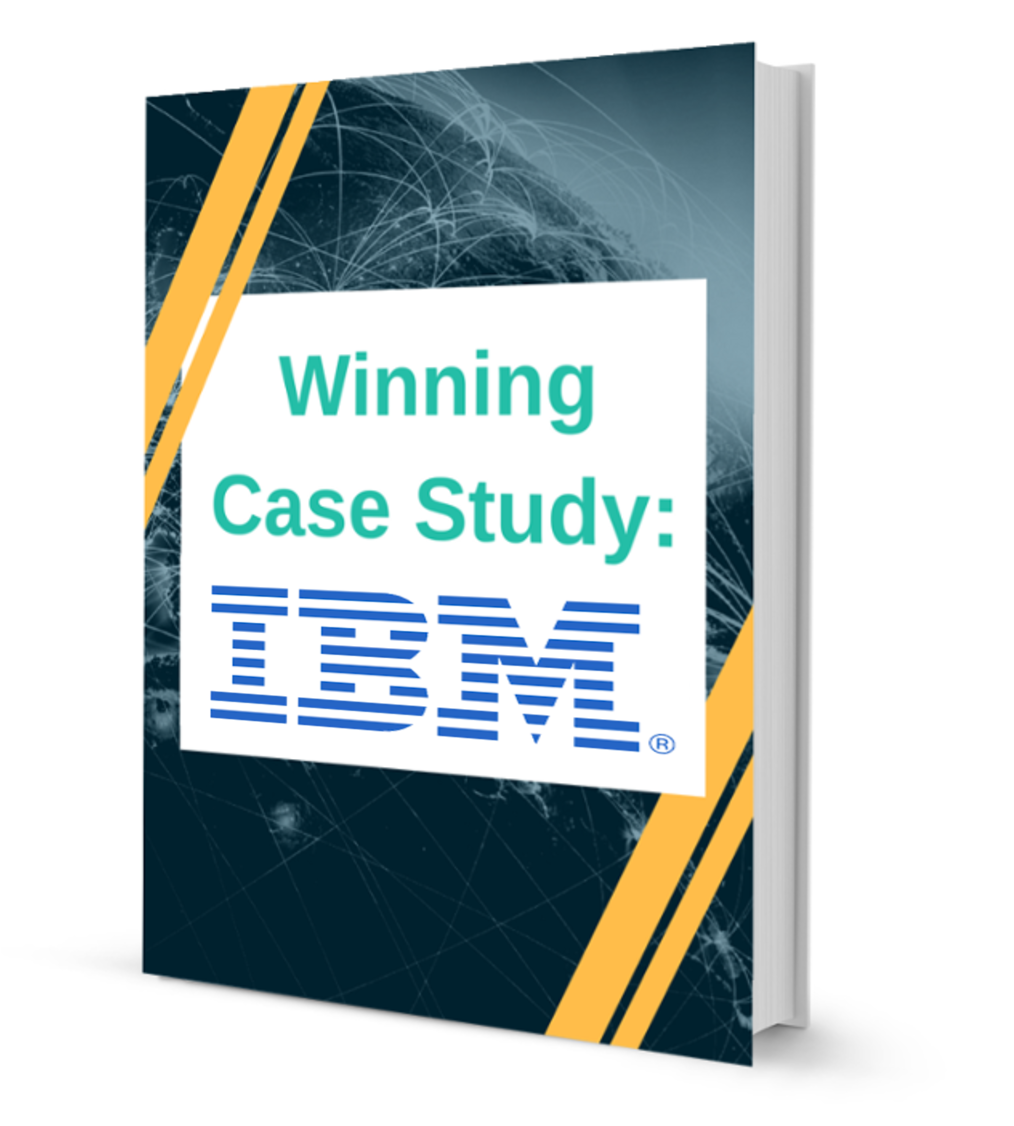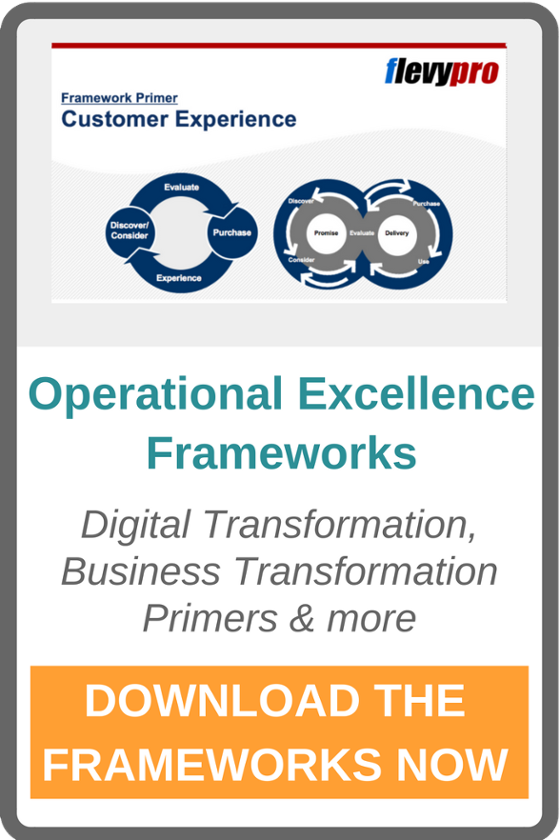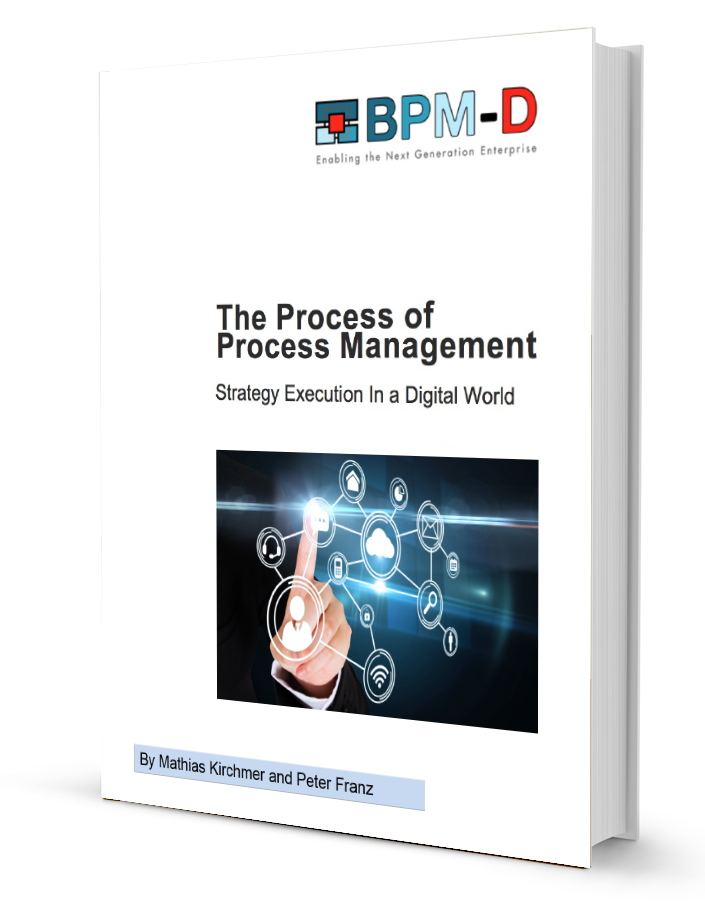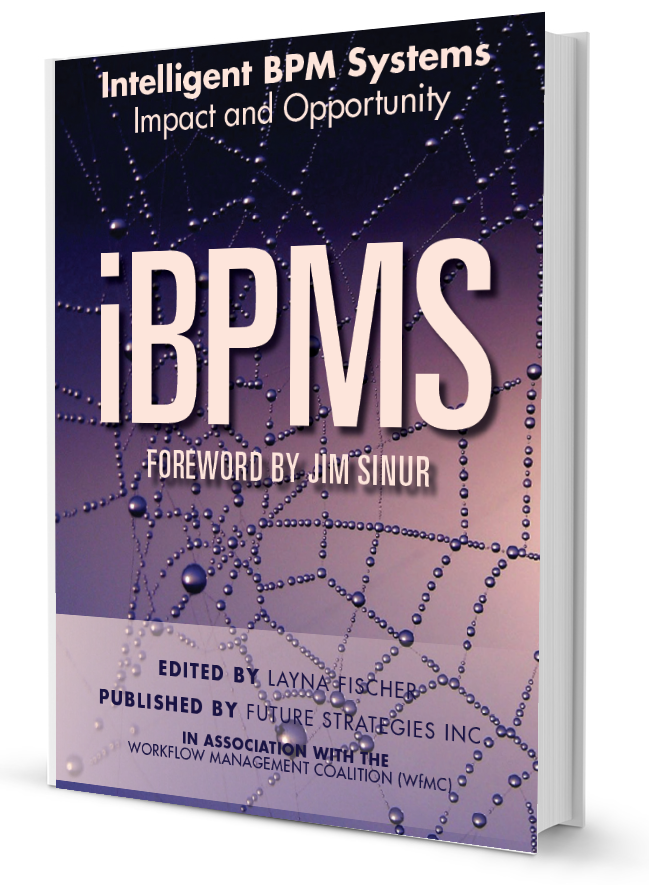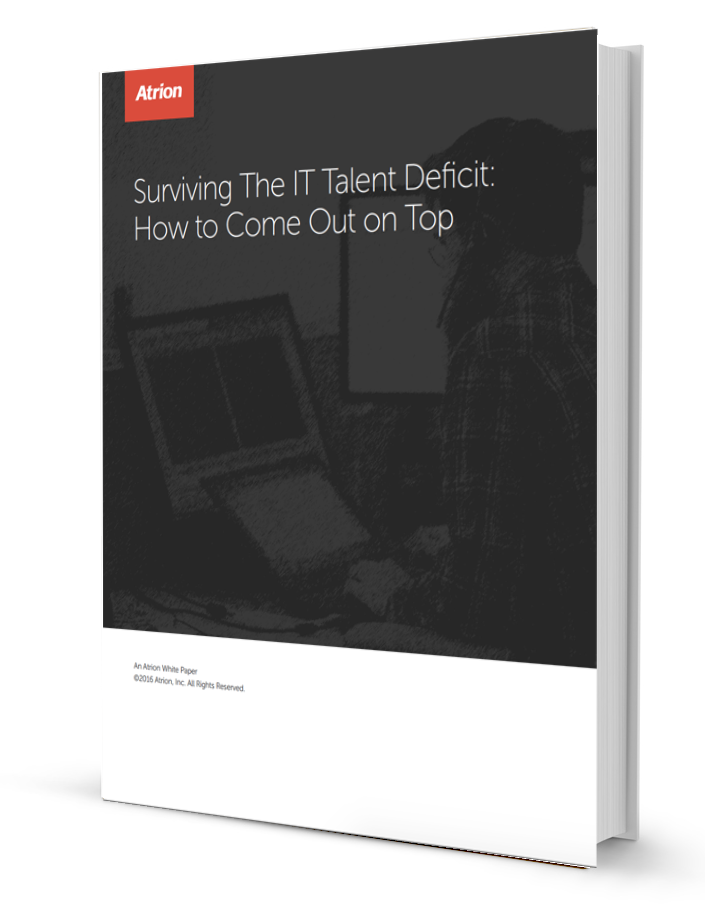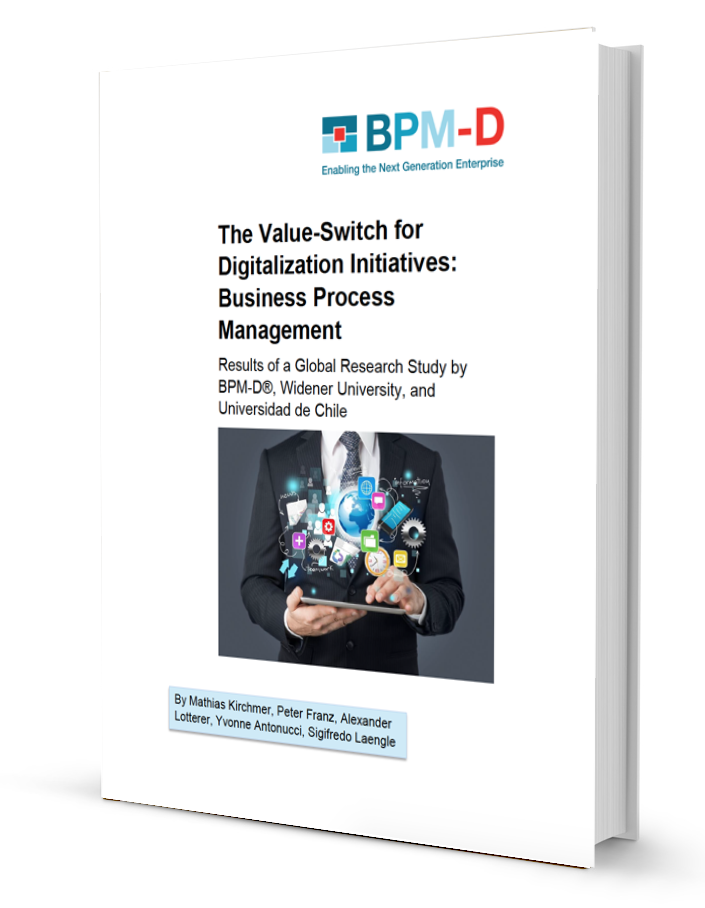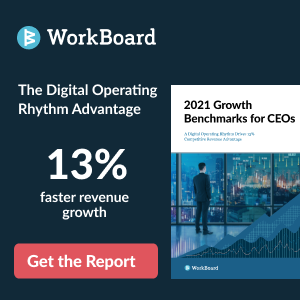Featured Sponsors
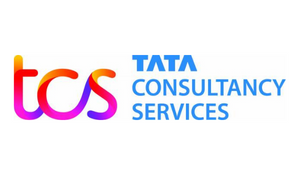





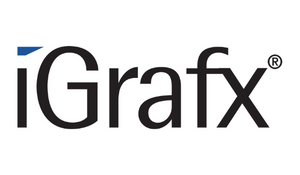


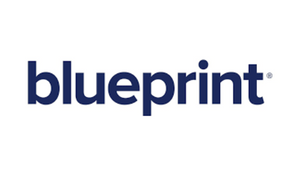

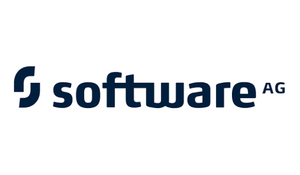



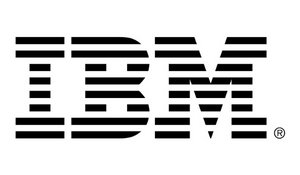






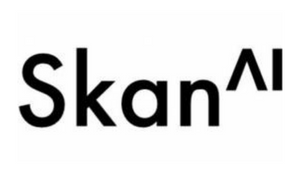








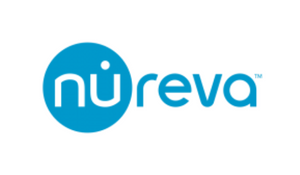




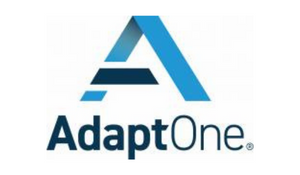
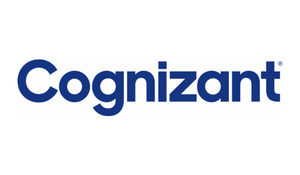



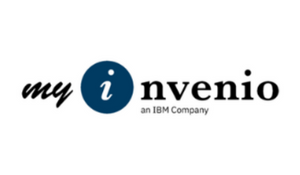









Digital transformation is unquestionably a blisteringly hot topic across enterprises today. Companies in every industry have fallen into the vast digital maelstrom, as customer demands and software innovation form the Scylla and Charybdis that threaten to sink even the largest, most venerable brands.

And yet, we’ve been down this road before – not so much the digital part, but certainly the transformation part. After all, digital transformation is business transformation, and business transformation has been a management consulting staple since Frederick Taylor at the very least.
Every generation, it seems, sports its own business transformation du jour. From Business Process Reengineering (BPR) to the Quality Movement to eBusiness to name a few, organizations large and small have sought to improve their profits, lower their costs, and keep their customers happy by shaking up the way they do things.
While each of these business transformation fads delivered value in its time, in the wisdom of hindsight they all ran up against the same basic challenge: inflexibility.
BPR improved efficiency but led to inflexible processes. Quality efforts like Six Sigma reduced defects but “poured concrete” around processes, thus impeding innovation. And the eBusiness wave got enterprises online to be sure, but it didn’t take long until architectural and legacy technology challenges limited their flexibility.
Small vs. Large Transformation
The common thread across all these transformation efforts is that they all fall into the finite change trap. Finite changes has well-defined starting and ending points. If the change in question is a business transformation, and you approach the effort with the idea that at some point you’ll have successfully transformed, then you’re falling into this trap.
Trap it may be, but enterprises have an annoyingly regular habit of falling into the same trap every time a new business transformation comes along. If each successive wave of transformation suffers from the same failings, you might wonder why organizations continue to hit their head against the same wall.
The answer, in fact, is that such transformations do provide value – often substantial, long-term strategic value. After all, the Quality Movement improved the quality of US automobiles nearly to the level of their Japanese counterparts, and no one would argue that the Web has been enormously successful and transformative for enterprises in all industries. Further examples are also easy to come by.
Regardless of these successes, let’s call such transformation efforts small transformations, because executives at the time shoehorned them into a finite change model, and thus the end result was that their organizations remained inflexible, in spite of the improvements they realized.
Today’s digital transformations, unfortunately, almost always fall prey to this same shortsightedness, and end up in the category of small transformation. How can you tell? If your digital transformation effort has a goal, where reaching that goal means you can think of yourself as digitally transformed, then you’re undergoing small digital transformation.
As with earlier generations of business transformation, small digital transformation will provide business value – so at least on the surface, small digital transformation may seem like a good idea.
Don’t be fooled. True, most digital transformation today is of the small variety, and such efforts will deliver occasional successes, especially when the competition is only doing small digital transformation themselves.
But for industry segments caught in this trap, the participants are all spending their time moving the deck chairs around. The ship, however, is sinking.
Why Digital Transformation is Different
Enterprises were largely okay with the inflexibility inherent in previous business transformations, because everyone was in the same boat, and furthermore, some other wave of improvement-promising transformation was bound to come along in a while in any case.
The reason this line of thinking worked at all was because the underlying disruptions driving the transformation called for finite change. Your products were of poor quality, so bringing the quality up to snuff fixed the problem. You weren’t online, so building your online presence again solved the problem, and so on.
What is now traditional change management was sufficient for moving organizations from the status quo to the finished state. A lack of flexibility was an affordable price to pay for the improvements they gained from the transformation.
Not so with digital transformation. Today the changes we must deal with are accelerating and chaotic changes more so than finite ones – accelerating as in Moore’s Law-driven technology innovation and chaotic in the sense of entirely unpredictable. In other words, change ain’t what it used to be.
All the management fads of the past are woefully inadequate to deal with such change. As a result, small digital transformations will only provide value short term, until the accelerating turbulence in the broader business environment chucks those deck chairs into the sea like so much chaff in the wind.
Agile Digital Transformation: Digital Transformation in the Large
To survive such turbulence, organizations must think about digital transformation differently – what we might refer to as large digital transformation.
Organizations that succeed with large digital transformation realize that the change they must deal with is accelerating and chaotic, and thus change must become a core competency in their organization. Such transformation is more than simply dealing with the changes the market is driving today. It means dealing with the fact that change is ongoing, unpredictable, and only getting worse.
As a result, inflexibility is becoming an increasingly serious liability. Unlike the BPR and Six Sigma days, inflexibility is no longer a tolerable but necessary evil. Today it’s the difference between ongoing viability and a corporate lifespan that will be increasingly nasty, brutish, and short.
Recognizing the Difference
If you’re currently in the midst of your own digital transformation, you may be wondering if it’s the large or the small variety. Sorry to disappoint – it’s far more likely to be small digital transformation.
Large digital transformation, in fact, isn’t solely digital transformation at all, as it goes well beyond the current wave of change driving investment today. Large transformation is a transformation of how organizations undergo transformations – how they deal with change overall.
If you think that small digital transformation will be good enough, look no further than the Innovator’s Dilemma. You can think of the Innovator’s Dilemma as being a systemic problem with small transformation, as established organizations deal with change on an ongoing basis, but still fall prey to the disruptive change innovative competitors can bring to the market.
In other words, once you get your head around what large transformation is, you can interpret the moral of the Innovator’s Dilemma as the fact that large transformation is essential to the long-term success of organizations in times of accelerating and chaotic change.
Preparing for Chaotic Change
Let’s use the upcoming rollout of fifth generation (5G) mobile telephony as an example of accelerating and chaotic change. 5G promises up to 100 times greater speed, latency cut by a factor of 5, and data volumes up to 1,000 times greater than the current 4G standard.
Those metrics are examples of accelerating change – beyond finite change, but not the whole story. What 5G will do to existing enterprise business models falls into the category of chaotic change. We simply don’t know how 5G will impact business at large – but it’s a good bet the effects will be earth-shattering.
So, how does 5G factor into your current digital transformation initiative? If your answer is that 5G is too far in the future or too nebulous for your current initiative to take it into account, then you can rest assured you are in the midst of a small digital transformation.
You may complete the effort, and then 5G will arrive and BAM! You won’t know what hit you. All that work and now you’ll have to scramble to make sense of the new business/technology environment.
Organizations undergoing large – that is, Agile Digital Transformation will be thinking quite differently. The question for them isn’t whether 5G is part of their current digital roadmap or not. Instead, the question is whether their organization and their enterprise architecture are able to deal with unpredictable, chaotic change.
Let’s hope your answer to that question is yes. If it is, then it won’t matter what the future throws at you – 5G or any other disruption. Making change a core competency is the only way to futureproof your organization in the face of chaos.
Copyright © Intellyx LLC. Intellyx publishes the Agile Digital Transformation Roadmap poster, advises companies on their digital transformation initiatives, and helps vendors communicate their agility stories. As of the time of writing, none of the organizations mentioned in this article are Intellyx customers.
We are pleased to welcome Jason Bloomberg as a new contributor to BTOES Insights! Take a look at his contributor profile here.
Proqis Digital Virtual Conference Series
View our schedule of industry leading free to attend virtual conferences. Each a premier gathering of industry thought leaders and experts sharing key solutions to current challenges.
View Schedule of Events-------------------------------------------------------
Search for anything
Subscribe to our Free Newsletter
Insights from the most progressive thought leaders delivered to your inbox.
Subscribe to our Newsletter
Insights from the world's foremost thought leaders delivered to your inbox.
Be A Hero! Empower Your Network
Being a hero is all about creating value for others. Please invite up to 5 people in your network to attend this premier virtual conference, and they will receive an invitation to attend.
If it’s easier for you, please enter your email address below, and click the button, and we will send you the invitation email that you can forward to relevant people in your network.
Virtual Conferences
Latest Webinars
BTOES From Home - On-Demand
The premier Business Transformation & Operational Excellence Conference. Watch sessions on-demand for free. Use code: BFH1120
Watch On-DemandProqis Digital Virtual Conference Series
View our schedule of industry leading free to attend virtual conferences. Each a premier gathering of industry thought leaders and experts sharing key solutions to current challenges.
View Schedule of EventsWatch On-Demand Recordings For Free
Watch On-Demand Recording - Access all sessions from progressive thought leaders free of charge from our industry leading virtual conferences.
Watch On-Demand Recordings For FreeBest-In-Class Training
Delivered by the industry's most progressive thought leaders from the world's top brands. Start learning today!
View All Courses NowBTOES From Home - On-Demand
The premier Business Transformation & Operational Excellence Conference. Watch sessions on-demand for free. Use code: BFH1120
Watch On-DemandProqis Digital Virtual Conference Series
View our schedule of industry leading free to attend virtual conferences. Each a premier gathering of industry thought leaders and experts sharing key solutions to current challenges.
View Schedule of EventsBest-In-Class Training
Subscribe to our Free Newsletter
Insights from the most progressive thought leaders delivered to your inbox.
Subscribe to our Newsletter
Insights from the world's foremost thought leaders delivered to your inbox.
Thank you for submitting the form. You have been subscribed Be A Hero! Empower Your Network
Being a hero is all about creating value for others. Please invite up to 5 people in your network to also access our newsletter. They will receive an invitation and an option to subscribe.
If it’s easier for you, please enter your email address below, and click the button, and we will send you the invitation email that you can forward to relevant people in your network.
Featured Blogs
BTOES From Home - SPEAKER ...
Courtesy of Nintex Pty's Paul Hsu, below is a transcript of his speaking session on 'Improve employee productivity during and post-COVID by ...
HP's 2020 AWARD FINALIST CASE ...
Read this article about HP, Best Achievement in Operational Excellence to deliver Digital Transformation, selected by the independent judging panel, ...
BMO Financial Group's 2020 ...
Read this article about BMO Financial Group, one of our finalists, in the category Best Achievement in Operational Excellence to deliver Digital ...
Cisco's 2020 AWARD FINALIST ...
Read this article about Cisco, one of our finalists, in the category Best Achievement of Operational Excellence in Internet, Education, Media & ...


Featured Content
Popular Content
Popular Tags
Speaker Presentation Operational Excellence Business Transformation Business Improvement Insights Article Continuous Improvement Process Management Business Excellence process excellence Process Optimization Process Improvement Award Finalist Case Study Digital Transformation Leadership Change Management Lean Enterprise Excellence Premium Organizational Excellence Lean Enterprise Lean Six Sigma Execution Excellence Capability Excellence Enterprise Architecture New Technologies Changing & Improving Company Culture Agile end-to-end Business Transformation Execution & Sustaining OpEx Projects Culture Transformation Leadership Understanding & Buy-In Lack of/Need for Resources Adapting to Business Trends Changing Customer Demands Failure to Innovate Integrating CI Methodologies Lack of/Need for Skilled Workers Lack of/Need for Support from Employees Maintaining key Priorities Relationships Between Departments BTOES18 RPA & Intelligent Automation Live Process Mining BTOES From Home Cultural Transformation Financial Services Customer Experience Excellence Process Automation Technology Healthcare iBPM Healthcare and Medical Devices Webinar Culture Customer Experience Innovation BTOES Video Presentations Exclusive BTOES HEALTH Strategy Execution Business Challenges Digital Process Automation Report Industry Digital Workplace Transformation Manufacturing Supply Chain Planning Robotic Process Automation (RPA) BPM Automation IT Infrastructure & Cloud Strategies Artificial Intelligence Business Process Management innovation execution AI Lean Manufacturing Oil & Gas Robotic Process Automation IT value creation Agility Business Speaker Article Systems Engineering RPAs Insurance Process Design Digital Speaker's Interview data management Intelligent Automation digital operations Six Sigma Awards thought leaders BTOES Presentation Slides Transformation Cloud Machine Learning Data Analytics Digital Transformation Workplace Banking and Capital Markets Data Finance Professional Services Education IT Infrastructure IT Infrastructure & Cloud Strategies Live Blockchain Interview Solving Cash Flow with AI BTOES White Paper investment banking Analytics Insight BTOES19 Consumer Products & Retail Enterprise Agile Planning Government Operational Excellence Model Project Management Algorithm Automotive and Transportation Banking Business Environment Digital Bank Enterprise architecture as an enabler Hybrid Work Model Primary Measure of succes Relationship Management Sales business expansion revenue growth Adobe Sign Agile Transformation CoE Delivery solution E-Signatures Electricity Global Technology HealthcareTechnologies Innovation in Healthcare Reduce your RPA TCO Transportation Accounts Receivable (AR) Big Data Technology CORE Cloud Technology Cognitive learning Days Sales Outstanding (DSO) Logistics Services Operational Excellence Example Risk Management business process automation transformation journey Covid-19 Data Entry Digital Experience Digital Network Digital Network Assistant (DNA) Digitization Drinks Effective Change Leaders HR Internet Media NPS Net Promoter Score Program Management Portal (PgMP) Sustainability TechXLive The Document is Dead The New Era of Automation Automated Money Movement Banking & Financial Services Biopharmaceutical Blue Room Effect Building Your Future Workforce in Insurance Business Process Governance Capital Market Creative Passion Digital Transformation Workplace Live Digital Workforce Digitalization ERP Transformation Finance Global Operations (FGO) Financial Services Software Frameworks Hoshin Planning Human Capital Lean Culture Natural Gas Infrastructure Natural Language Processing Organizational Change Pharmaceutical Pharmaceuticals & Life Sciences Project manager Supply Chain Management Sustainable Growth The Fully Automated Contact Center Transformation Initiatives Workplace Analytics eForms eSignatures 3D Thinking BEAM BFARM BTOES17 Big Data Processing Business Analytics Business Growth Centralized Performance Monitoring System Communication Creativity Digital Technologies Digital Technology Educational Psychologist Energy Management Health Insurance Health Maintenance Organizations Hospitality & Construction Human Centered Design Integrated Decision Approach Integrated Decision Making Intelligent Document Processing Kaizen Medicare Moodset for Excellence Natural Language Processing (NLP) Offering Managers Oil and Gas Optical Character Recognition (OCR) Pharmaceuticals and Life Sciences Photographing Price and Routing Tracking (PART) Process Design Document (PDD) Product Identifier Descriptions (PIDs) Python Quote to Cash (Q2C) Resilience SAP Sales Quota Team Work Telecommunications Text Mining Visually Displayed Work Culture master text analytics virtual resource managementMedia Partners

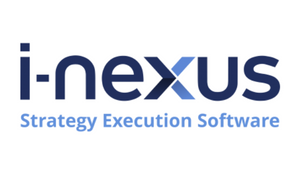
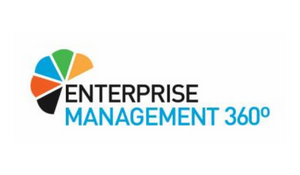
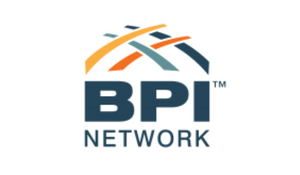
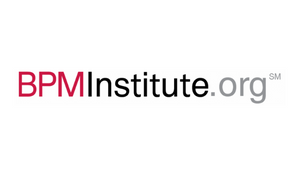

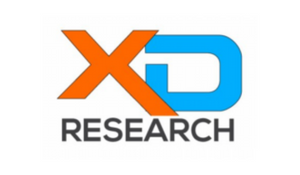








Featured Sponsors



















































Media Partners















Featured Sponsors



















































Media Partners















Featured Sponsors



















































Media Partners















Featured Sponsors



















































.png)
-1.png)

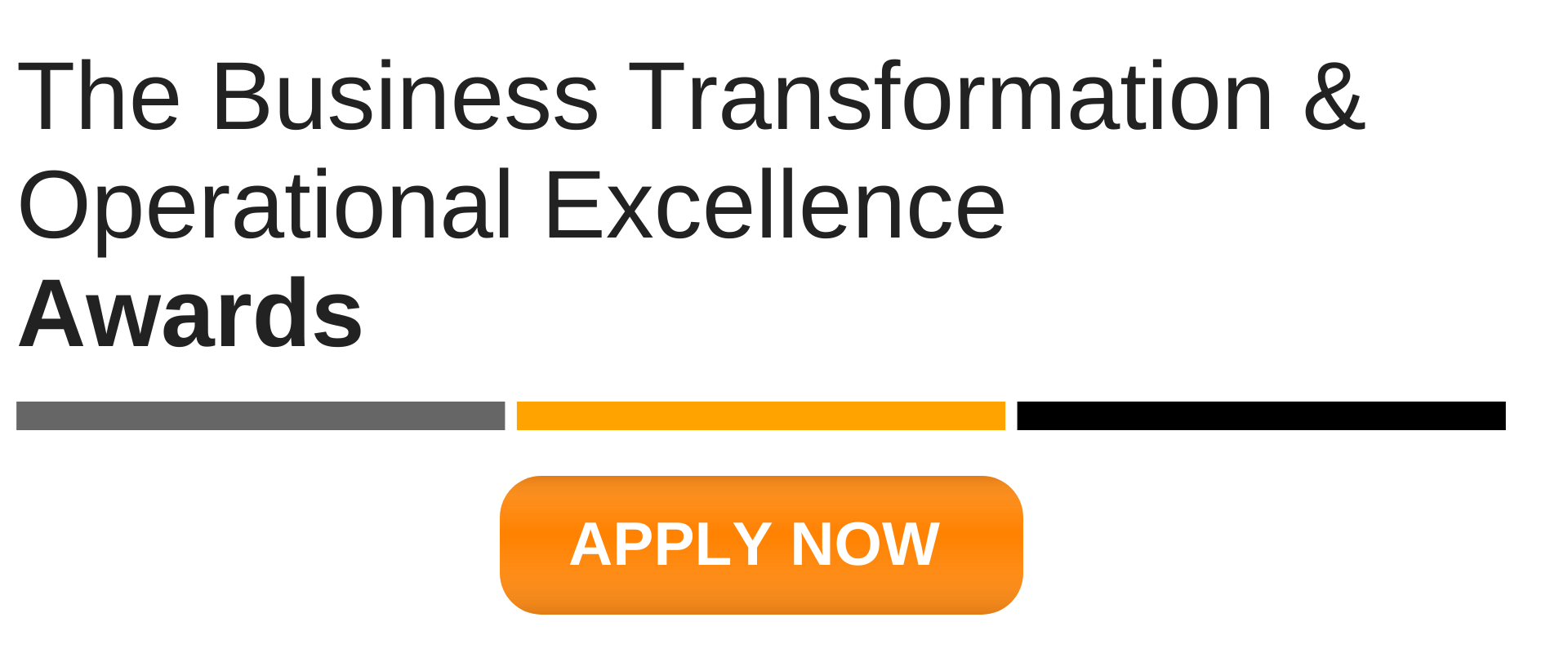

-2.png)
-2.png)
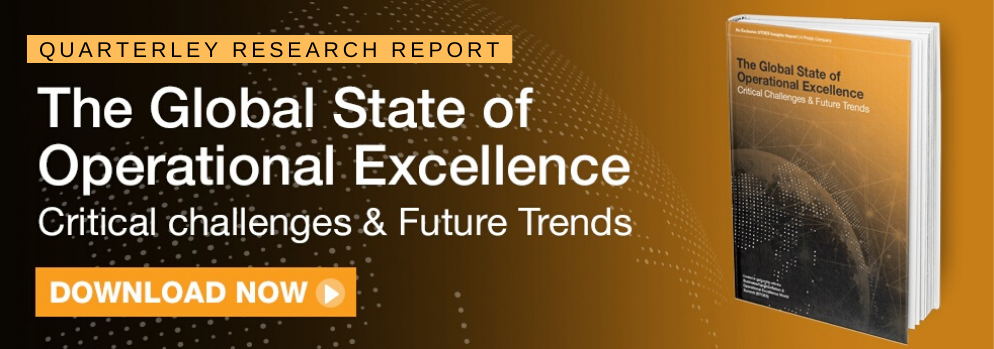
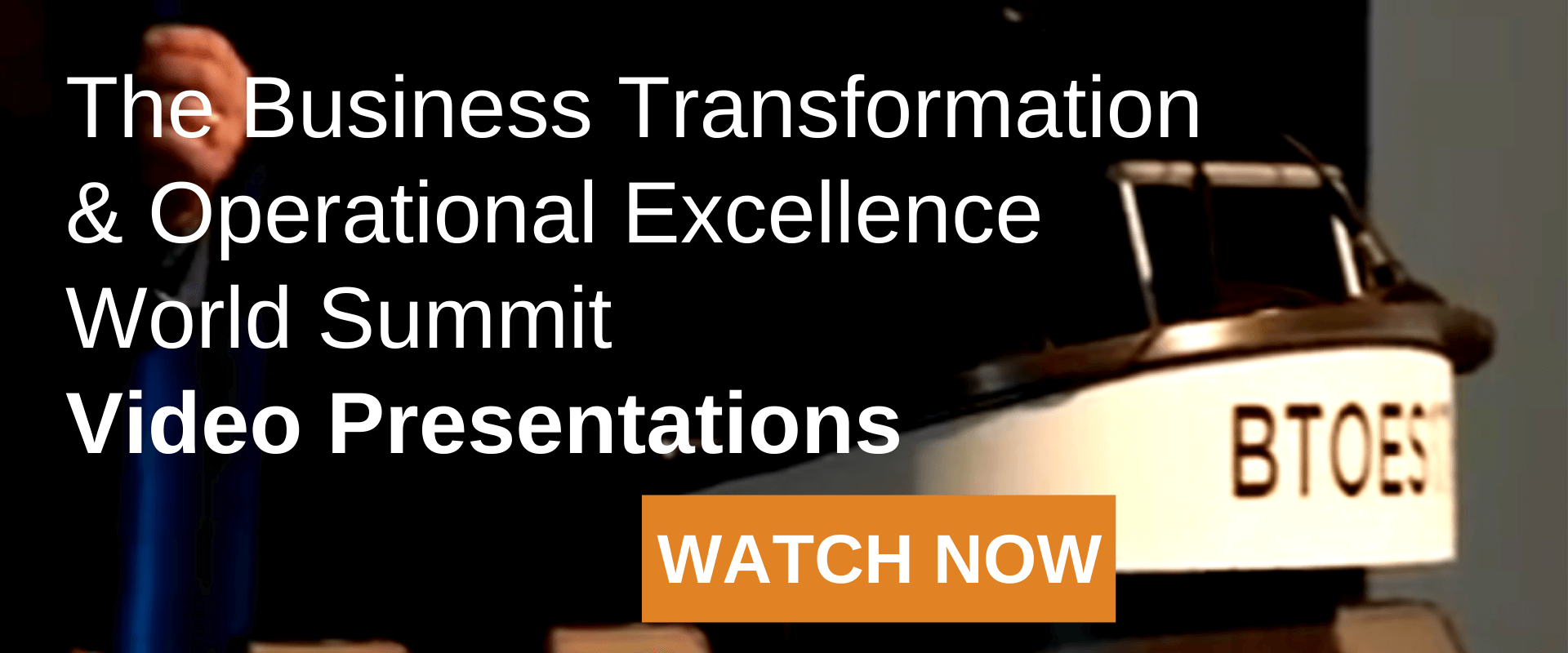




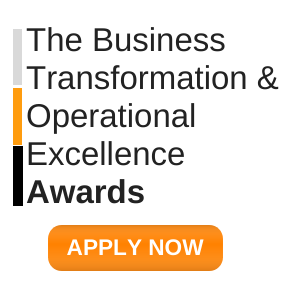
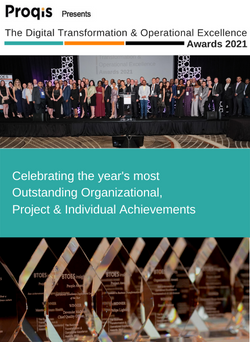


%20(1)%20(1).png?width=1410&name=Add%20a%20heading%20(8)%20(1)%20(1).png)





.png?width=300&height=300&name=LINKEDIN%20AWARDS%20GRAPHIC%20(1).png)
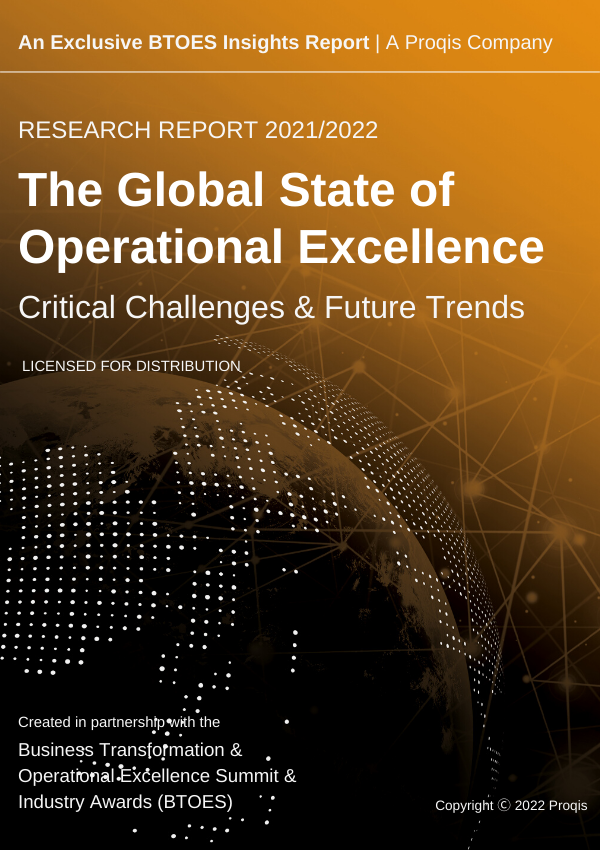
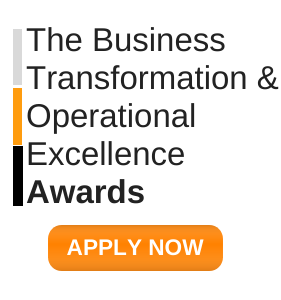


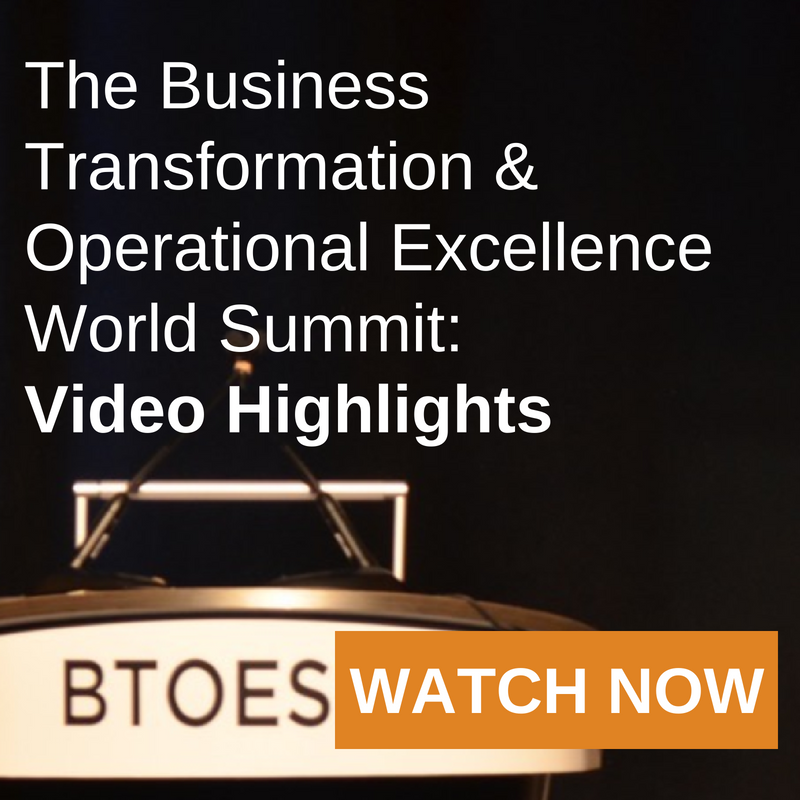

-1.png?width=300&name=ATTENDEE%20-%20Proqis%20Digital%20Event%20Graphics%20(2)-1.png)
-1.png?width=300&name=ATTENDEE%20-%20Proqis%20Digital%20Event%20Graphics%20(1)-1.png)

